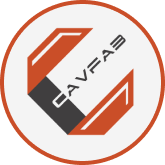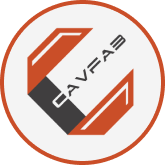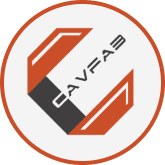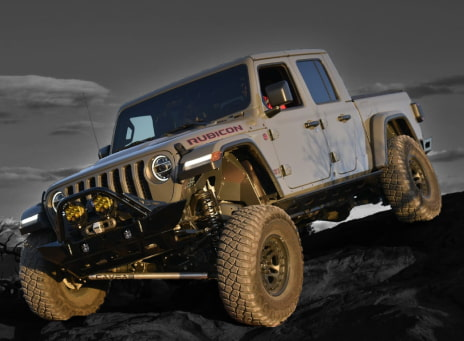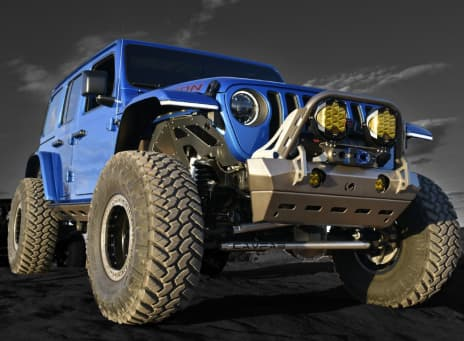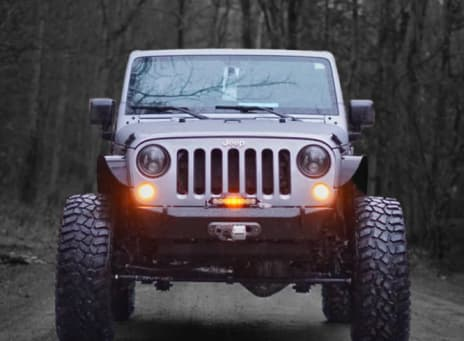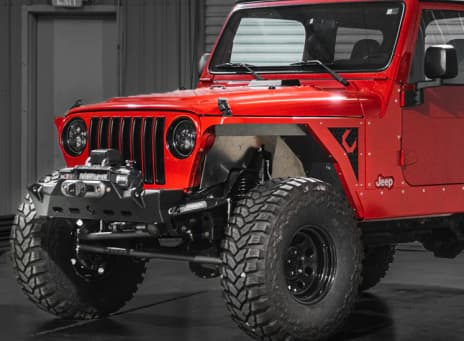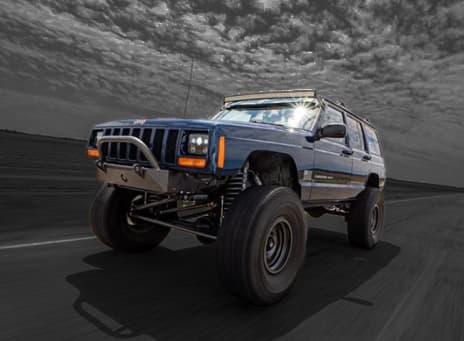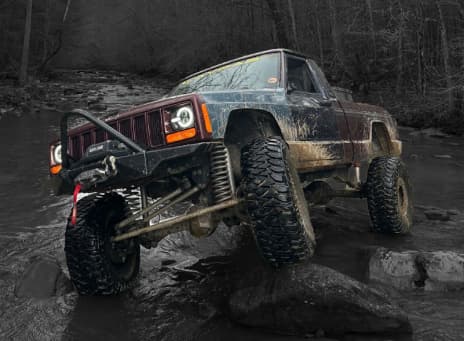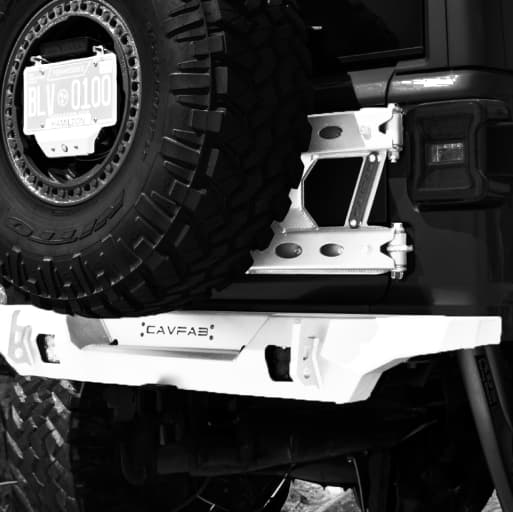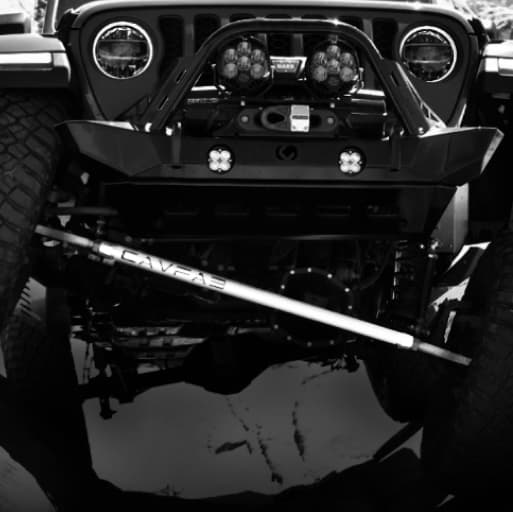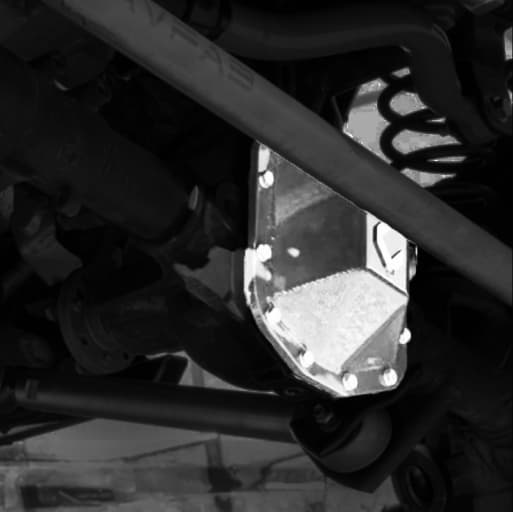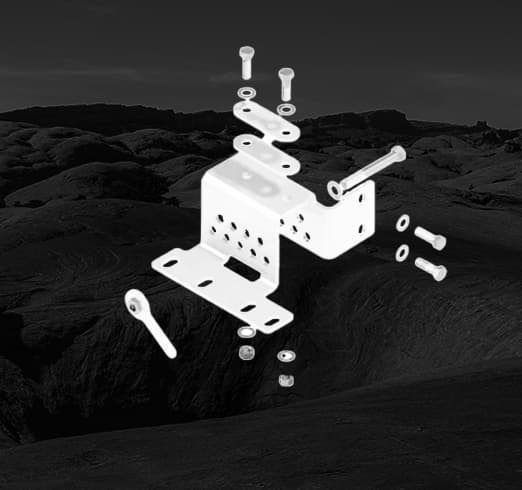Jeep TJ Front Suspension Diagram
If you're troubleshooting, lifting, or upgrading your Wrangler, understanding the Jeep TJ front suspension diagram is a must.
This system controls steering, ride quality, and axle alignment, and when any part flexes beyond its limit, trail performance suffers.
Let's break down the core components, examine what each one does, and show you how they work together for strength and control on and off the trail.
What this article covers:
- What Is the Jeep TJ Front Suspension?
- Key Components of the TJ Front Suspension System
- Anatomy of the Diagram
What Is the Jeep TJ Front Suspension?
The Jeep TJ (1997–2006 Wrangler) uses a solid front axle with a five-link suspension design and coil springs, making it one of the most flex-friendly platforms for rock crawling and trail articulation.
The TJ replaced the leaf-sprung setup of the YJ with a system that offered better ride quality and articulation, while retaining the ruggedness of a front live axle.
This suspension design includes upper and lower control arms, coil springs with gas-charged shocks, a front track bar, sway bars, and a full steering linkage.
Each part plays a unique role in how your Jeep handles terrain. Knowing what's in your Jeep's front suspension gives you the blueprint for a confident build.

Key Components of the TJ Front Suspension System
Understanding what's labeled on your suspension diagram means knowing how each part behaves under load, where it mounts, and what symptoms show up when it starts to fail.
Control Arms (Upper and Lower)
The TJ uses four control arms up front (two uppers and two lowers) that locate the axle fore and aft.
Lower arms handle the brunt of acceleration and braking torque, while upper arms help control pinion angle and suspension geometry. Factory control arms use rubber bushings that wear out under repeated flex cycles or trail stress, leading to clunking or alignment drift.
Upgrading to high-clearance, adjustable control arms with forged ends and flex joints allows for proper caster angle correction and added durability.
CavFab offers trail-tested arms through our steering and suspension collection, all fabricated in-house with CNC-machined steel and MIG-welded precision.
Coil Springs and Shock Absorbers
The coil springs hold vehicle weight and define ride height, while the shocks (dampers) manage rebound and compression forces.
Stock TJ coils were designed for mild trails and on-road use, but lift kits (2.5"–4") with matched shock valving can dramatically improve trail control and tire clearance.
Signs of coil fatigue include sagging, uneven ride height, or “coil slap” under articulation. Worn shocks show oil leaks, excessive bounce, or poor dampening after hitting obstacles.

Track Bar and Pitman Arm (Steering Linkage)
The front track bar keeps the axle centered side-to-side and must work in sync with the drag link to avoid bump steer. If your Jeep feels “twitchy” after a lift, chances are your track bar and steering angles are out of spec.
The Pitman arm connects the steering box to the drag link and often needs a drop-style replacement after lifting to preserve geometry.
A properly matched track bar and Pitman arm eliminate feedback loops that cause death wobble.
CavFab's Over the Axle (OTA) Track Bar System (compatible with TJ retrofits) offers higher clearance and true linear motion across the suspension cycle – ideal for high-articulation builds.
Sway Bar and Sway Bar Links
The front sway bar reduces body roll during cornering and connects to the axle via sway bar links.
While many off-roaders disconnect them for trail use, they are essential for on-road stability. Worn or seized sway bar links can cause noise, poor cornering control, and uneven flex.
Quick-disconnect kits are common for TJ builds that need both trail flex and road manners.
Steering Stabilizer and Drag Link / Tie Rod
The steering stabilizer is a horizontal shock that dampens vibrations through the steering system, reducing tire shimmy and driver fatigue.
It mounts to the axle and tie rod, working in parallel with the drag link and tie rod to control left-right motion. The tie rod connects both knuckles and handles wheel direction, while the drag link transfers motion from the Pitman arm to the passenger-side knuckle.
For serious trail rigs, the CROSS‑OVER STEERING XJ/TJ/ZJ/MJ/LJ Kit offers a high-clearance, solid steel upgrade.

Anatomy of the Diagram
A Jeep front suspension diagram is usually presented as an exploded view, showing all major parts with numbered labels.
Front and rear orientation can be identified by the location of the steering box (driver's side front frame rail) and the orientation of the track bar and Pitman arm.
Key things to look for:
- Control arms attach between the frame and axle housing
- Track bar angles downward across the axle toward the steering box
- Tie rod runs straight between knuckles, below or behind the axle tube
- Coil springs mount on the axle perches under the bump stop towers
In many diagrams, they don't show custom parts. So use the factory layout as a baseline, then compare it to your upgraded geometry.
Conclusion
Whether you're installing a new steering setup, adjusting axle geometry after a lift, or fabricating brackets for a long-arm conversion, knowing each part's role helps you build smarter and avoid failure.
At CavFab, every part we build is designed with the trail in mind and fabricated from USA-sourced steel, right here in Wildwood, GA.
From Jeep Wrangler TJ parts to custom steering kits and builder brackets, we support DIYers, pro shops, and Ultra4 teams with weld-ready parts that fit right and last long.
